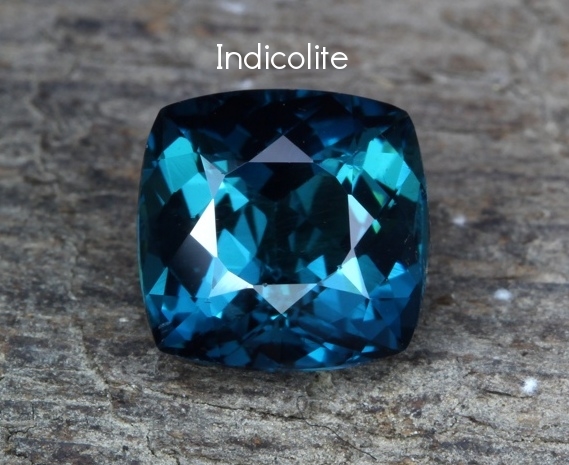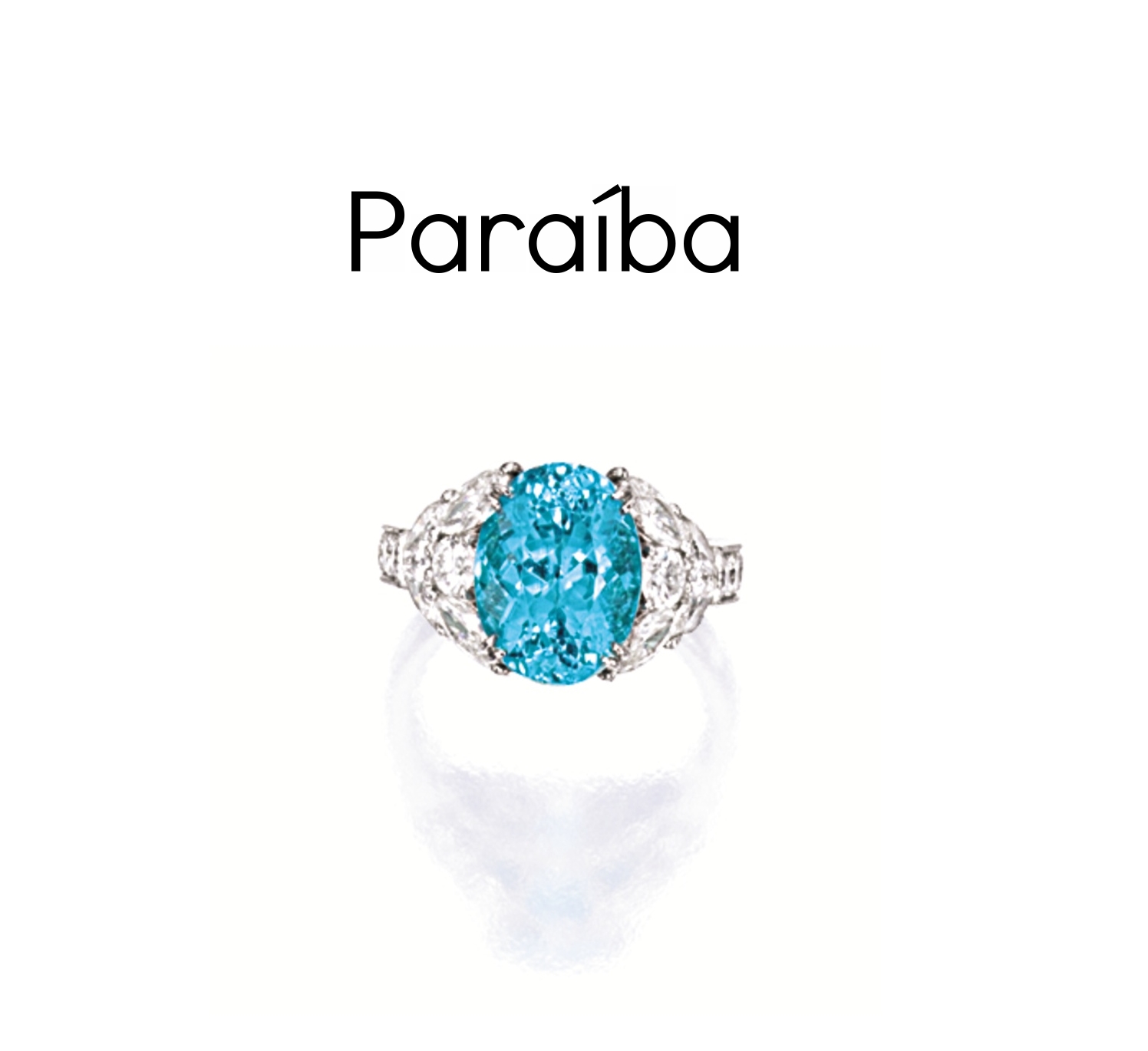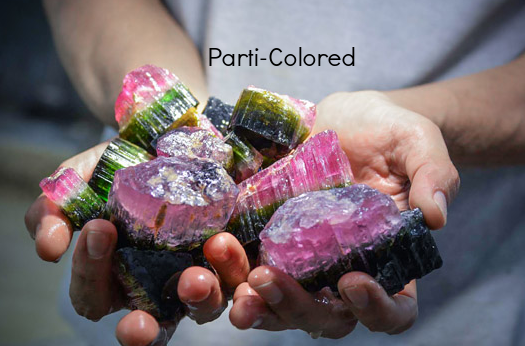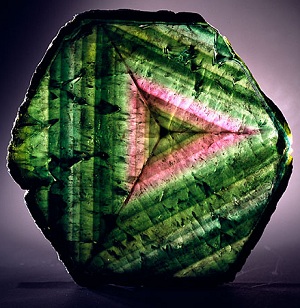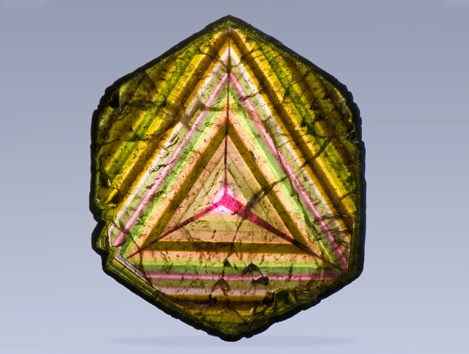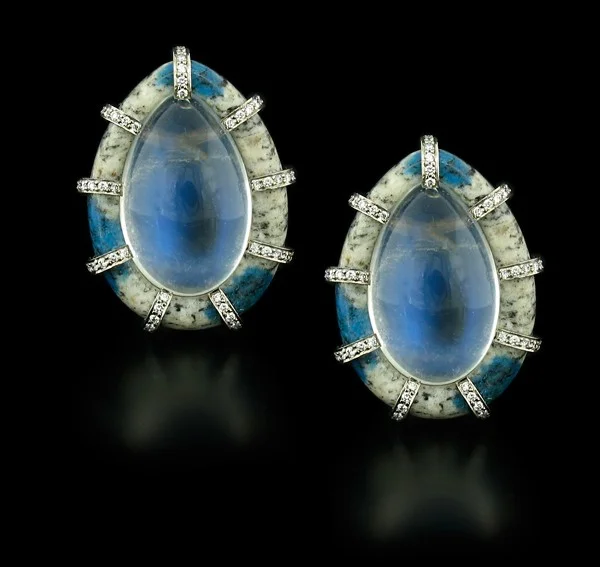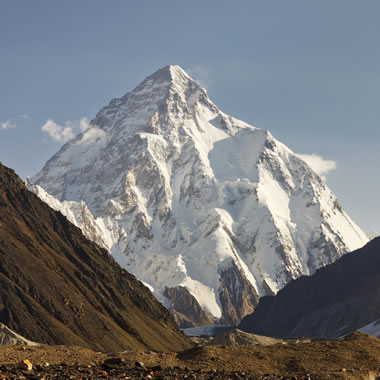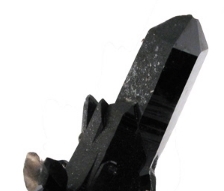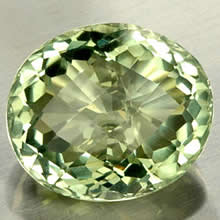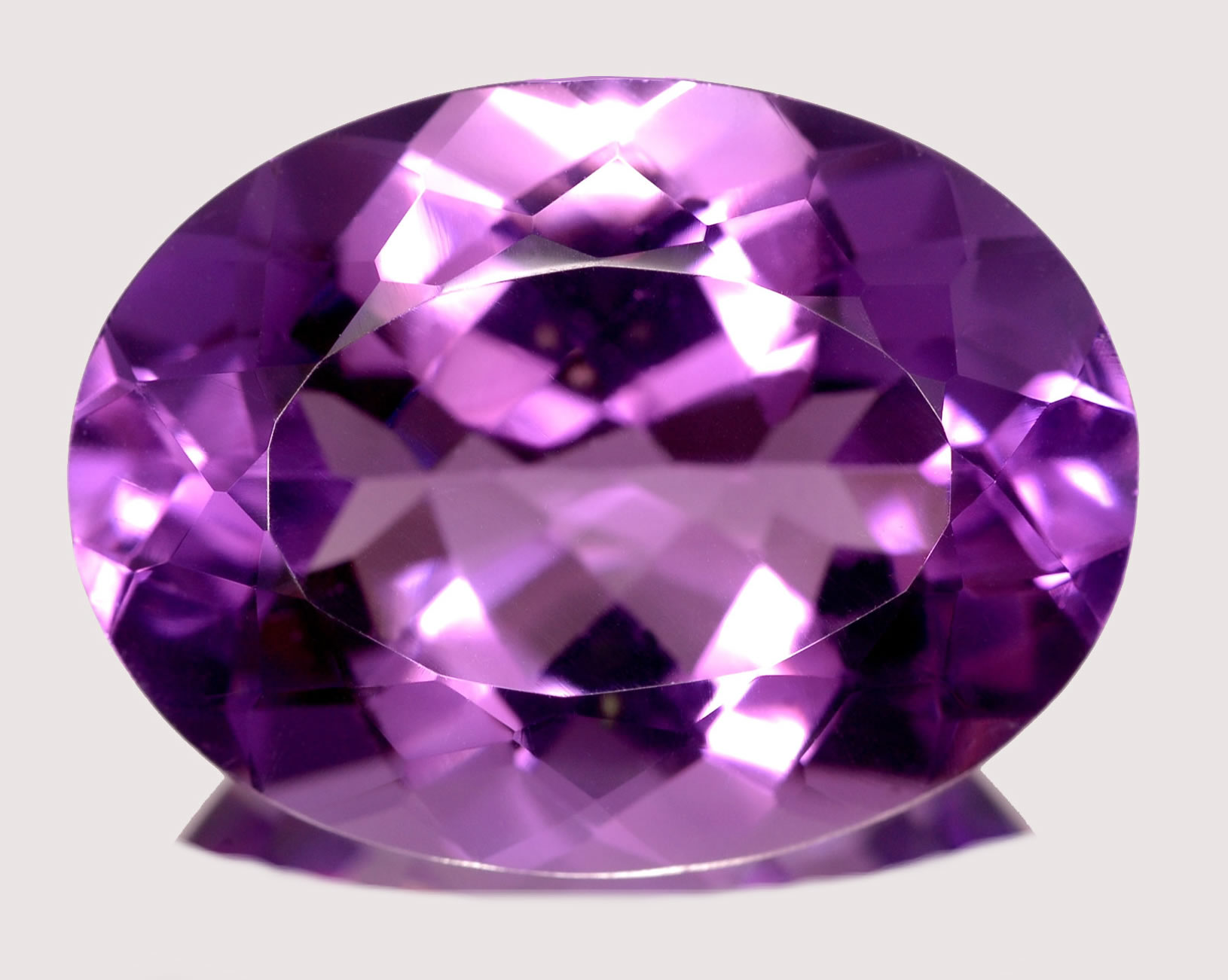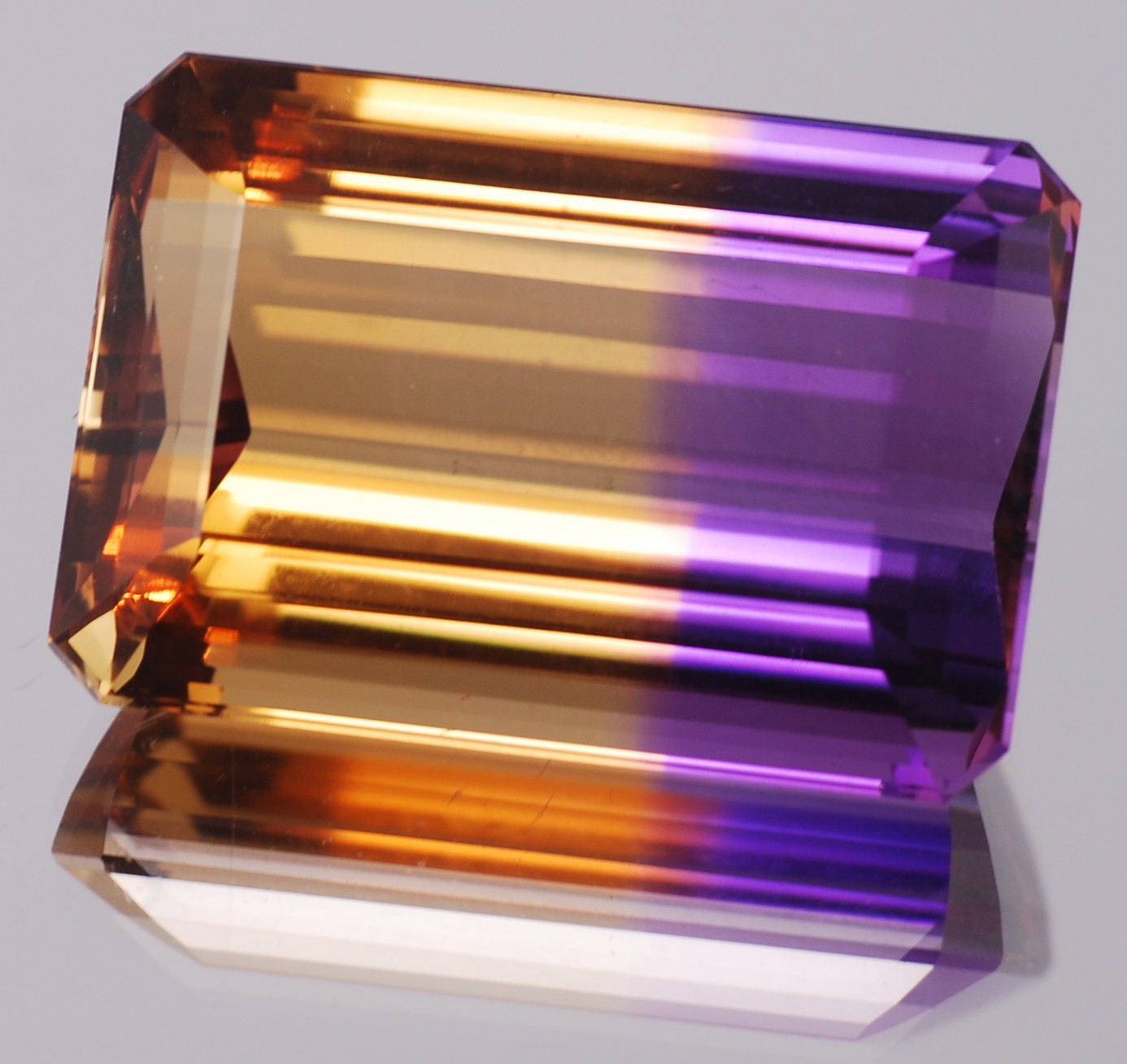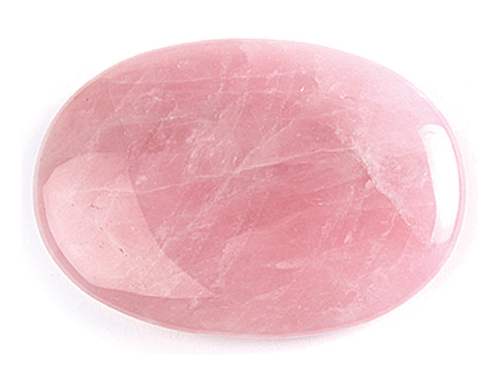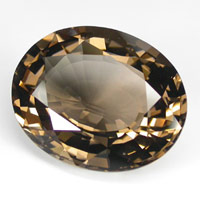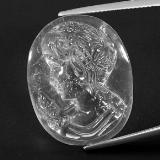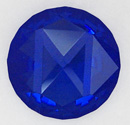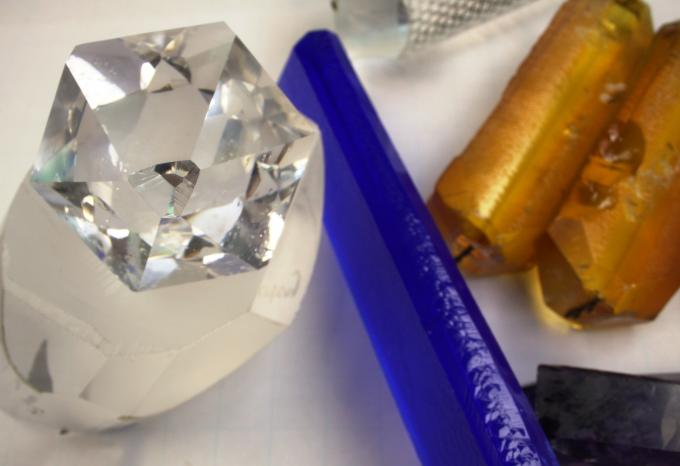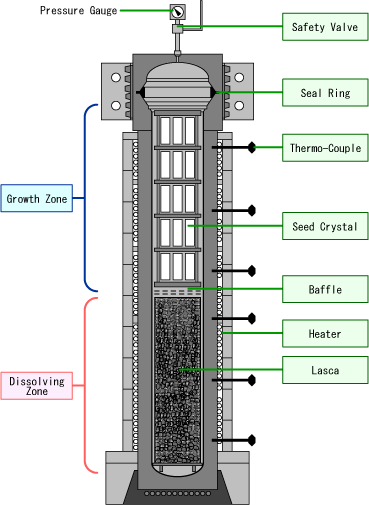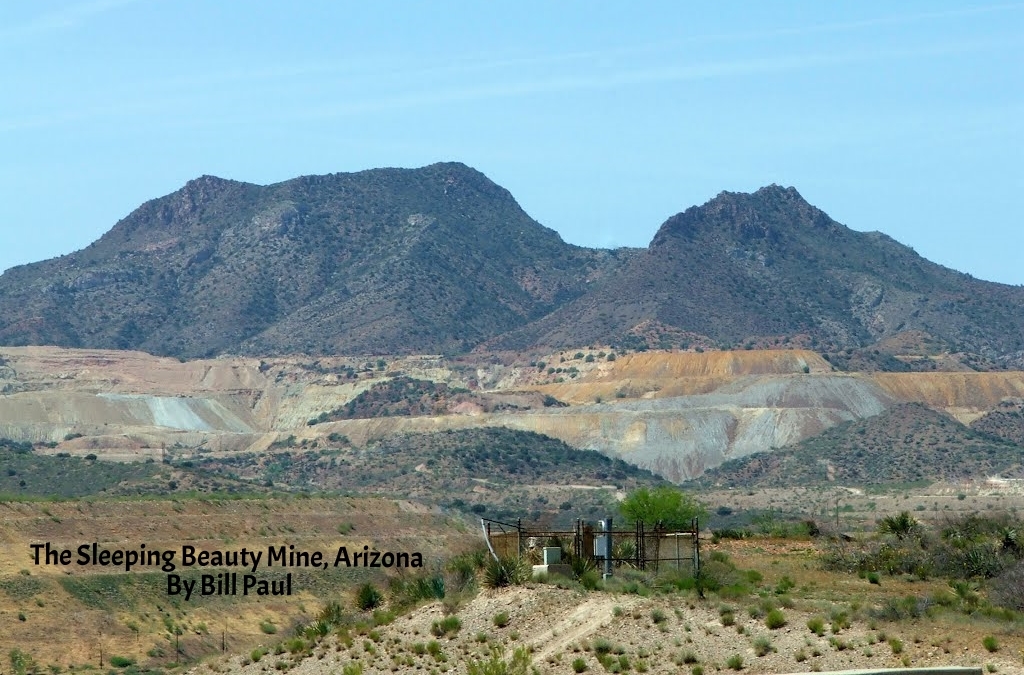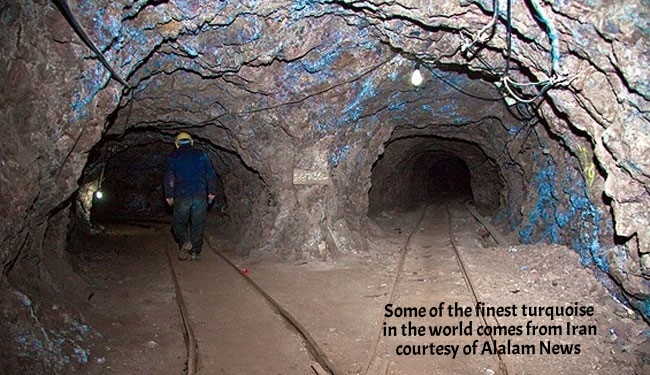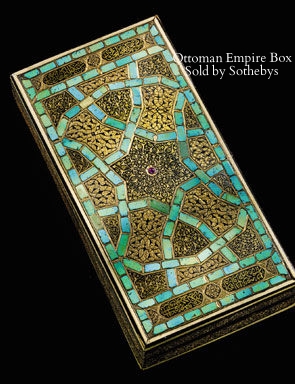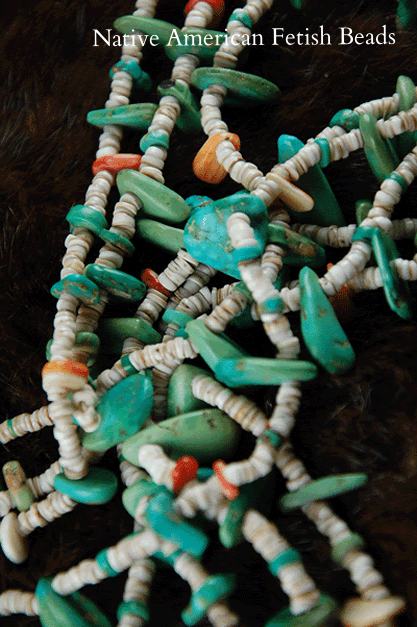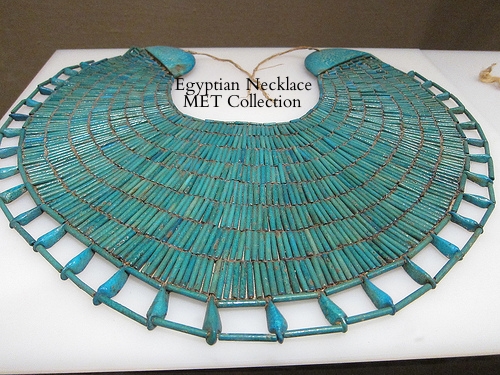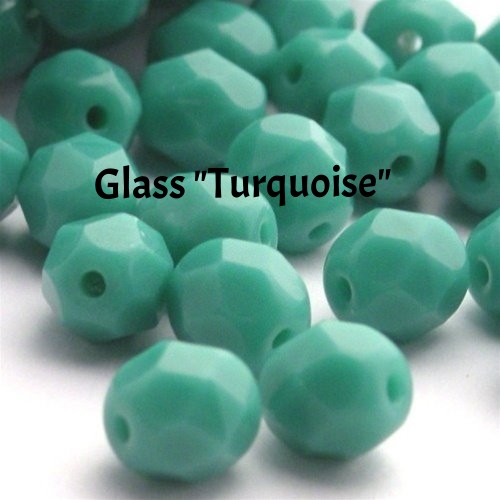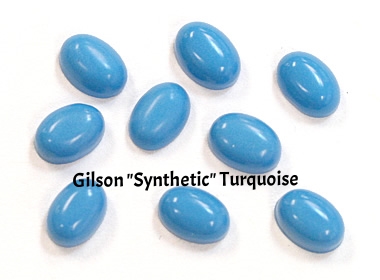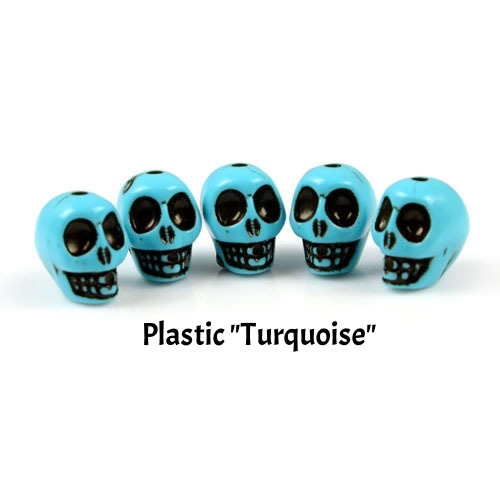Tantalizing Tourmaline
/Tourmaline by Sandy Hoy
October's birthstones are truly spectacular.
Along with opal, tourmaline is October's birthstone. Both of these stones are gorgeous, but tourmaline is what I want to focus on today. For too long, tourmaline has only been seen as the dull green that is widely available. This is a shame. Tourmaline comes in such a wonderful wide range of colors and with a Mohs hardness of 7 to 7.5, it is durable enough to be used in any type of jewelry.
History
The first tourmaline was recorded in the 1500's in Brazil by a Spanish conquistador. The conquistador confused the vivid green of the tourmaline with that of the emerald. His mistake was not revealed until the 1800's when tourmaline was formally recognized as a distinct mineral species.
The name tourmaline comes from the word toramalli, which means “mixed gems” in Sinhalese (a language of Sri Lanka). Dutch merchants started using the name to identify the multicolored, water-worn pebbles that miners found in the gem gravels of Ceylon (now Sri Lanka). The stones were brought to Europe in vast amounts by the Dutch East India Company as the demand for gemstones increased. As stated earlier, it was not until the 1800's when scientists were able to positively identify tourmaline as its own mineral species. As with many gemstones until the development of modern mineralogy, a stone's identity was based solely on its coloring, resulting in many stones being misidentified throughout time as ruby, sapphire, emerald, and so forth.
One of the earliest reports of tourmaline in the United States was in California in 1892. In the late 1800s, Tiffany gemologist George F. Kunz worked to make tourmaline an American gem, praising the tourmaline deposits of Maine and California; however, it was not the American market that the tourmaline mines both in the United states and in the Himalayas ended up attracting: it was the Chinese market.
Because the miners became so dependent on Chinese trade, when the Chinese government collapsed in 1912 the US tourmaline trade collapsed with it. The California mines stopped or moved to sporadic production. Today, mines in San Diego County such as the Stewart Lithia mine at Pala still produce a small supply of gem-quality tourmaline.
The tourmaline trade expanded again during the first half of the twentieth century, when Brazil began to mine large deposits with superb quality. In the 1950s, additional finds were uncovered in other countries around the world, including Madagascar and Afghanistan which have have produced a stunning red tourmaline.
Pink tourmaline from Pala Mountain, Stuart Mine, San Diego. (Photo: Jeff Scovil)
Tourmaline Locations and Mining
Gem and specimen tourmaline is mined chiefly in Brazil and Africa. Additional locations include Sri Lanka, Tanzania, Nigeria, Kenya, Madagascar, Mozambique, Namibia, Afghanistan, Pakistan, and Malawi. Tourmaline is also sparsely mined in the San Diego County area of California.
Tourmaline (and some other large crystal gemstones) generally occur in an extreme form of igneous rock known as a pegmatite formation. Pegmatite is a type of igneous rock that forms during the last stages of magma cooling. Large crystals are fairly common in many types of igneous rock formations usually due to a slow rate of crystallization. With pegmatites, large crystals are attributed to low-viscosity fluids that allow the chemicals that make up a crystal to be highly mobile on an atomic level.
During the early formation of pegmatites, the magma usually contains a large amount of dissolved water and other chemicals such as chlorine, fluorine and carbon dioxide. Water is not removed during the early magma crystallization, so it becomes more concentrated as the crystallization continues. The presence of the water eventually forms large pockets in the rock. These super heated water filled pockets are also rich in the atoms of various chemicals. Within the pockets, the atoms have a much greater space to expand into than would be present elsewhere. This space combined with the extreme heat allows them to rapidly form into large crystals. The extreme conditions of crystallization in pegmatites have sometimes produced crystals that are several meters in length and weigh over one ton.
The Colors of Tourmaline
Tourmalines make up a group of closely related mineral species that share the same crystal structure but have different chemical and physical properties. They share the elements silicon, aluminum, and boron, but contain a complex mixture of other elements such as sodium, lithium, calcium, magnesium, manganese, iron, chromium, vanadium, fluorine, and sometimes copper. It is these alterations to a tourmaline's chemical composition that directly influences its physical properties, including color.
Many tourmaline color varieties have inspired their own trade names:
- Rubellite is a name for pink, red, purplish red, orangy red, or brownish red tourmaline, although some in the trade argue that the term shouldn’t apply to pink tourmaline.
- Indicolite is dark violetish blue, blue, or greenish blue tourmaline.
- Paraíba is an intense violetish blue, greenish blue, or blue tourmaline from the state of Paraíba, Brazil.
- Chrome tourmaline is intense green. In spite of its name, it’s colored mostly by vanadium, the same element that colors many Brazilian and African emeralds.
- Parti-colored tourmaline displays more than one color. One of the most common combinations is green and pink, but many others are possible. Including "watermelon" and Liddicoatite.
Liddicoatite was first recognized as a separate mineral in 1977. The mineral was named in honor of Richard T. Liddicoat (March 2, 1917 – July 23, 2002), the second president of GIA who is often referred to as the “Father of Modern Gemology.” Most liddicoatite comes from Madagascar, including this slice from the Anjanabonoina pegmatite. Coutresy Harvard Mineralogical Museum, photo by Robert Weldon/GIA
Photo courtesy of GIA
Some tourmalines have a striking cat’s-eye effect called chatoyancy. Cat’s-eye tourmalines are most often green, blue, or pink. The "eye" often has a softer and more diffused than than other stones that display the same effect. This is due to the multitude of thin, tube-like inclusions inside the stone. The inclusions are larger than the inclusions of other stones, such as a cat’s-eye chrysoberyl, so the "eye" isn’t as sharp. Like other cat’s-eye stones, tourmaline needs to be cut as a cabochon to show the effect.
What's in a name? Paraíba Tourmaline
One of the most coveted and expensive of the varieties mentioned above is Paraíba. It is a relatively "young" gemstone in that it was not discovered until the 1980, but its vivid blues hold the attention of the entire gem world. The reason behind the vivid colors is in fact why a true Paraiba stone is so rare and special.
Normally, iron, manganese, chrome and vanadium are the elements responsible for the beautiful colors of tourmaline. The Paraíba tourmaline is different: its color is due to copper, an element which had never before been seen in a tourmaline. The presence of copper in the stone is as much what defines the tourmaline as a Paraíba as the location from which it came. Copper in high concentrations is responsible for the coveted radiant blue, turquoise, and green hues.
Scientists have also (relatively recently) discovered that Paraíba tourmaline may also often contain manganese as well. When both of these two elements are present they produce a variety of vivid colors such as: emerald green, turquoise to sky blue, sapphire blue, indigo, bluish-violet, and purple. They can also result in more muted pale grey to violet-blue tones.
Because of the stone's high value in an uncut state, Paraíba tourmalines are almost always custom cut to retain as much of the stones weight as possible, however the stones are still in sizes bigger than one carat.
The flawless 191.87 carats Paraiba tourmaline, The Guinness World Records largest, has been placed by experts in the field amongst the world’s rarest gems.
Recently scientists have discovered that Paraíba tourmaline often also contain manganese and it is the interplay between these two elements that creates the coveted colors.
Since the late 1980s, the Paraíba area of Brazil has been a source of a strikingly colored variety of tourmaline called Paraíba tourmalines.
With Paraíba, the key factor is not size, but color; all factors being equal, the stone with the better color is a better choice.
During Paraíba tourmaline’s brief history, the gem has always been extremely scarce. However, new discoveries of copper-bearing tourmalines that resemble the vibrant, intense colors of the gems found in Brazil’s Paraíba region have also been found in other parts of the world. An article in the Spring 2008 issue of GIA’s Gems & Gemology scientific journal described copper-bearing gems present in Mozambique. Nigeria has become a source of these striking gems as well. With these new sources there comes the possibility that viable, commercial sources of this rare copper-bearing tourmaline might provide a larger supply of material. This brings a new problem for the niche Paraiba trade. If the stones of the same chemical composition and quality are being found outside of Paraiba does the trade name still apply? Only time and the market will tell. I personally think that the romance of a trade name should have little to do with the stone you are buying. The romance of a trade name aside, if the quality is good and the color is vibrant then that is what we should judge a stone by.
The Lily Safra poppy flower brooch with diamond and tourmalines sold for $1,273,320 at Christie's Geneva, 5/14/2012. - © Christie's Images/The Bridgeman Art Library
The rainbow of colors that tourmaline has to offer the wearing is truly impressive. This stone has something to offer for everyone.





